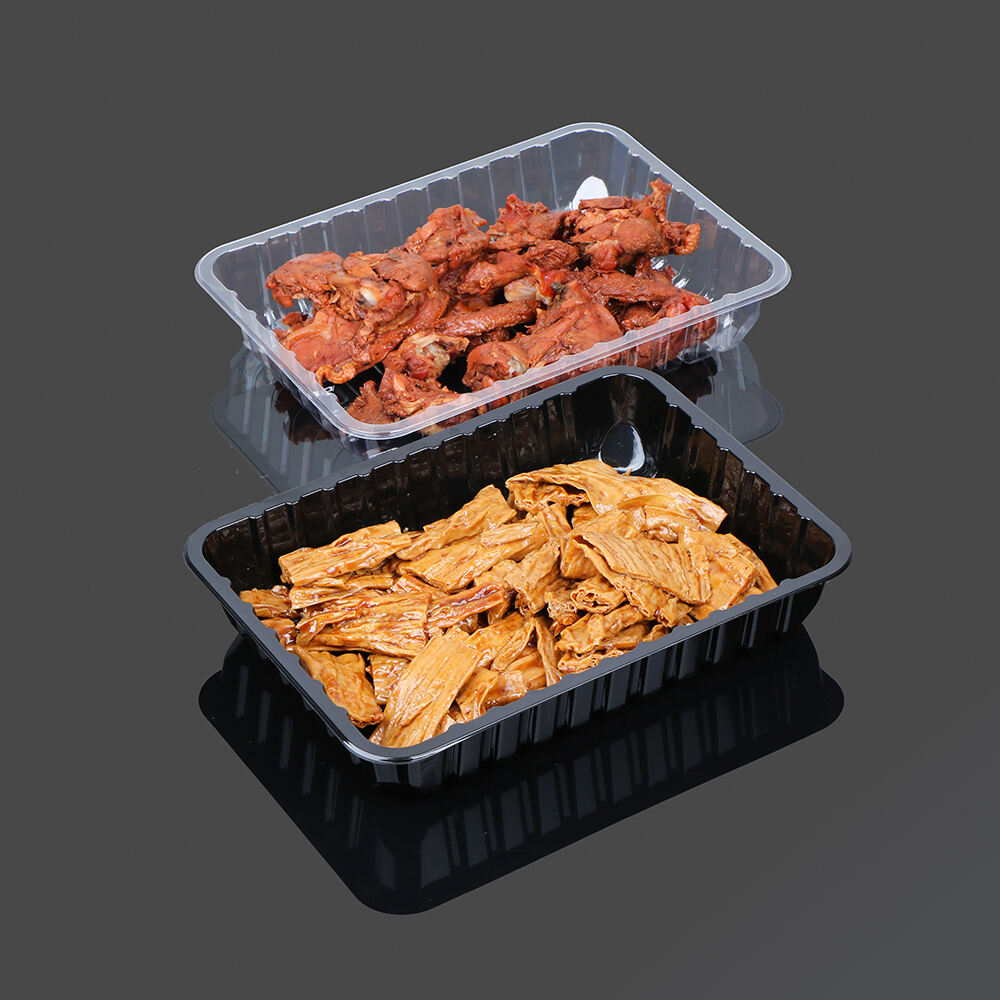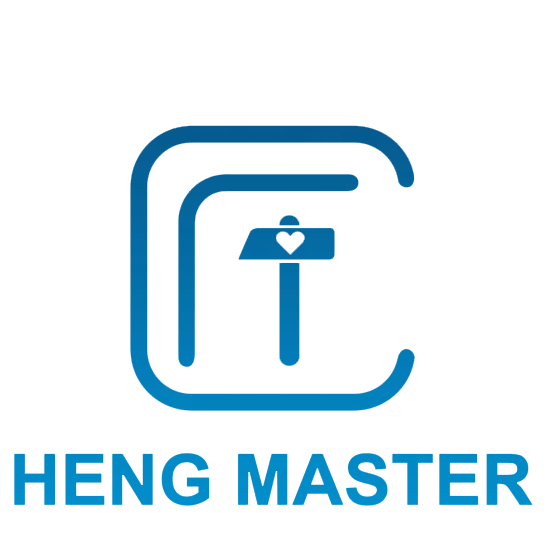MAP vegetable trays are specialized packaging solutions using Modified Atmosphere Packaging (MAP) technology, designed to extend the shelf life of fresh vegetables by controlling the atmosphere inside the tray. These trays are typically made from high-barrier plastics like PET (polyethylene terephthalate) or PP (polypropylene), which prevent gas exchange with the external environment, maintaining a modified blend of gases—usually reduced oxygen (O₂) and increased carbon dioxide (CO₂)—tailored to specific vegetable types. This gas mixture slows down respiration, microbial growth, and ethylene production in vegetables, reducing wilting, yellowing, and spoilage. MAP vegetable trays come in various sizes, from small trays for cherry tomatoes to large ones for leafy greens, with perforated designs in some cases to allow minimal gas exchange for vegetables with high respiration rates. They are often sealed with a thin, transparent film that is gas-permeable to maintain the optimal atmosphere, while also providing visibility of the vegetables to consumers. The trays are rigid enough to protect delicate vegetables from bruising during transportation and display, and their stackable design optimizes shelf space in supermarkets. Manufactured in clean, hygienic conditions, MAP vegetable trays ensure food safety and are recyclable in many regions. By extending freshness from days to weeks, these trays reduce food waste, benefit retailers by minimizing restocking, and provide consumers with longer-lasting, high-quality vegetables.


Copyright © 2025 by Zhejiang Hengjiang Plastic Co., Ltd. - Privacy policy